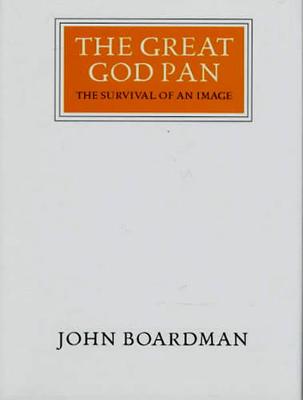Walter Neurath Memorial Lecture
1 total work
Among the gods of classical antiquity Pan – that distinctive figure combining the physical characteristics of man and goat – is one of the few to have retained a special place in the imaginations of writers and artists, even into modern times.
In this, the twenty-ninth Walter Neurath Memorial Lecture, the eminent classical scholar Sir John Boardman describes how the concept of Pan – originally a rustic deity associated with the herdsmen in southern Greece – and his familiar pipes developed and was adapted in later times.
Whether viewed as a personification of country ways, equated with the excesses of Bacchic revels or treated as a demon figure, the presence of Pan was felt in the literature and art of antiquity, the mediaeval period and notably in Renaissance and later paintings. More recently, in the nineteenth and twentieth centuries, he was adopted by many Romantic artists and writers and has also served as a medium for topical caricatures.
Although the ideals which Pan represented in ancient Greece and Rome may have passed into ancient history, the traditional image associated with his name remains as vivid as ever in the minds of modern man.
In this, the twenty-ninth Walter Neurath Memorial Lecture, the eminent classical scholar Sir John Boardman describes how the concept of Pan – originally a rustic deity associated with the herdsmen in southern Greece – and his familiar pipes developed and was adapted in later times.
Whether viewed as a personification of country ways, equated with the excesses of Bacchic revels or treated as a demon figure, the presence of Pan was felt in the literature and art of antiquity, the mediaeval period and notably in Renaissance and later paintings. More recently, in the nineteenth and twentieth centuries, he was adopted by many Romantic artists and writers and has also served as a medium for topical caricatures.
Although the ideals which Pan represented in ancient Greece and Rome may have passed into ancient history, the traditional image associated with his name remains as vivid as ever in the minds of modern man.
